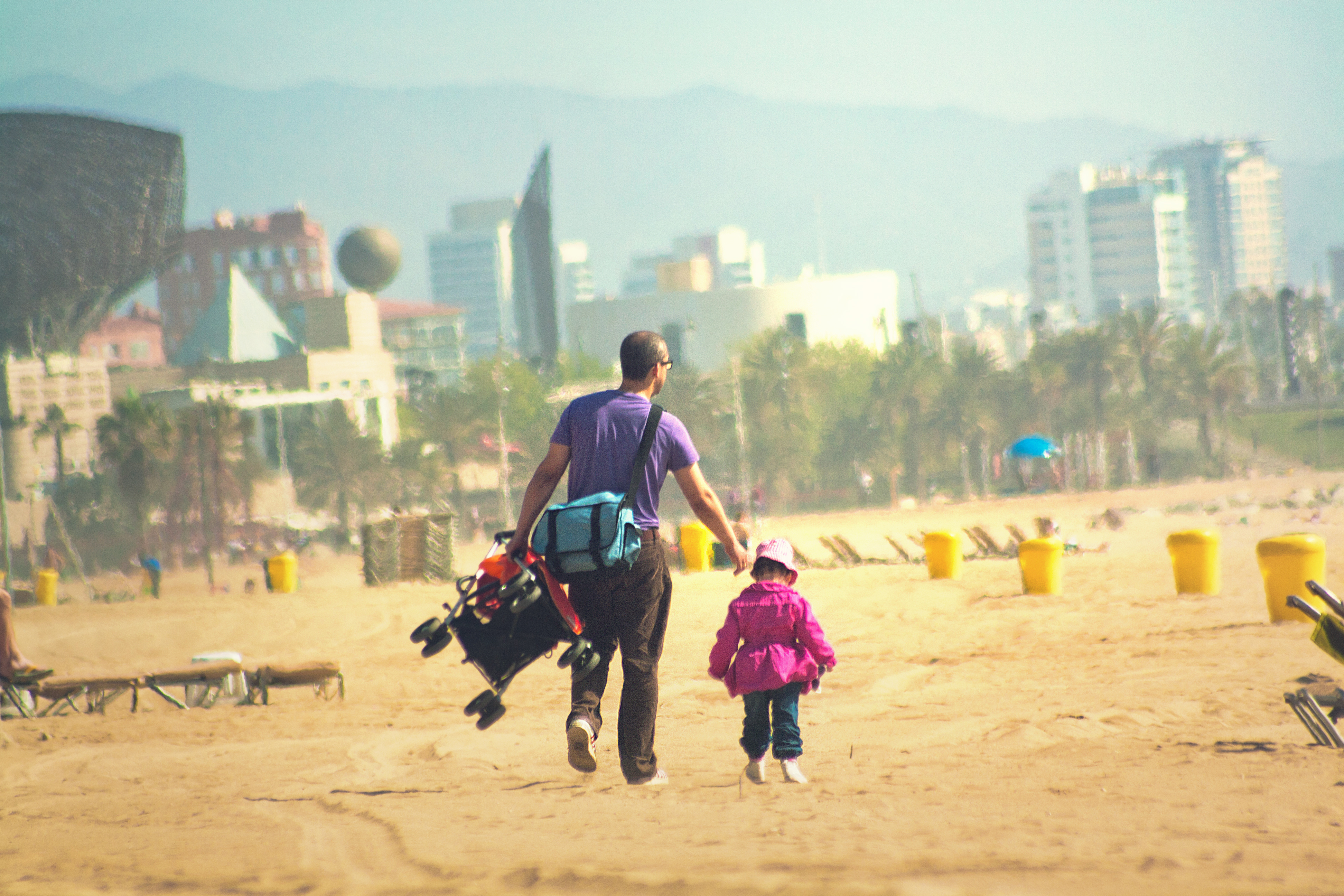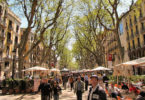If you´re walking through the Eixample district, you´ll notice the holm oaks and lush plane trees planted along the road that distinguish Eixample as the neighborhood with the best green corridors in the city. Street trees form an important part of Barcelona’s natural heritage, and have been identified by city planners as a crucial contribution to the environmental and social wellbeing of a city. There are currently a variety of projects in Barcelona focused on increasing the city´s greenery, some of which focus heavily on street tree health. However, street trees in Barcelona, and specifically in Eixample, have been the focus of public works projects since the 18th century.



Plan of the Eixample neighrbhood by Ildefons Cerdà / Archives of the Kingdom of Aragon, Barcelona/Ministerio de Cultura
A city’s history
According to city archives, the first known trees to be planted on public streets in Barcelona were on Las Ramblas in 1702, where a series of poplars, followed by elms, were planted to line the famous street. In 1821, gardens were planted along the Passeig de Gràcia for the enjoyment of city strollers.
In 1854, after the city’s old walls were torn down, a designer named Ildefons Cerdà posed an ambitious plan: build the gridded Eixample district to preserve the city’s historic center and line its streets with trees every 8 meters. However, over the next century, these plans for trees and gardens were less prioritized in the face of other constructional efforts.
Even with this setback, over the years the streets of Eixample continued to contain more trees than other urban areas of the city. In 1998, the focus on Eixample´s trees was revamped when the Ayuntamiento de Barcelona proposed a street tree management plan to maintain a balance of different tree species and to take care of trees that were decaying. The plan continued to develop into a series of basic guidelines that continue to be used for street tree management.
Current plans
The city has come a long way since the trees planted three centuries ago in La Rambla – now, the local government is responsible for approximately 310,800 individual trees throughout urban areas, municipal parks and garden and wooded areas. Today, departments within the Ayuntamiento de Barcelona are working on multi-million dollar projects to preserve, build, and enhance green spaces throughout the city by planting and protecting street trees. Along with the Street Tree Management Plan, the city has implemented the Master Plan for Barcelona´s Trees 2017-2037, which aims to maintain a high-quality tree population in the city by implementing technological resources such as better irrigation systems for water and soil quality and enhanced tree wells for better root growth. The plan was initially developed by a team of specialists from the Department of Green Areas and Biodiversity (DEVB) and members from the City Council area of Urban Planning and Area of Urban Ecology. Among its other objectives, the Master Plan for Trees hopes to increase tree cover in the city by 5% by 2037, which would raise the percentage of the surface area covered by trees to 30%.



Aerial view of Eixample district. Barcelona, Spain
Green spaces and density
Density is also a contributing factor to the desperate need for greenery. When there’s no more room to expand green spaces in the form of new parks and natural areas, then sidewalks, walls and roofs will just have to do. In 2014, the city implemented the Barcelona Green Infrastructure and Biodiversity Plan 2020, hoping to enhance green infrastructure and maintain the natural heritage of the city. This plan seeks strategies for filling the city with green wherever it is feasible, and not just in the form of trees -¨roofs, balconies and walls are all likely to be transformed into gardens or vegetable gardens for use by the community or into spaces for carrying out healthy activities, thereby becoming new forms of urban green infrastructure¨, reads the plan.



Photo via Domus
Vegitecture
Architecture that incorporates living green spaces such as vertical gardens, rooftop gardens and living walls, coined vegitecture, can be found in buildings in Barcelona such as the Medianera Verde deigned by Capella Garcia Architecture, a high-rise building with one face covered by a blooming vertical garden. The building was designed in 2011 for the Ayuntamiento de Barcelona.
Known typically for its advancements in architectural design, Barcelona has recently made a name for itself in the world of environmental design. In the 2016 Sustainable Cities Index, an yearly index of the world’s 100 most sustainable cities, Barcelona was listed as the 23rd greenest city in the world, as well as 23rd for green spaces.
Read more about vegitecture and vertical gardens in Barcelona





















Well done, nice article! Thx for helping!